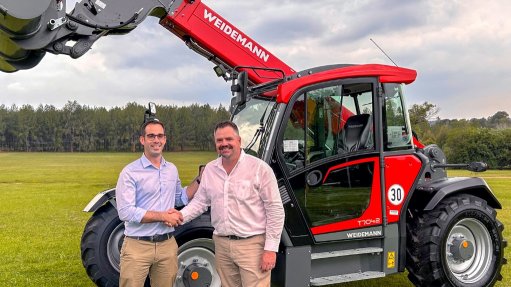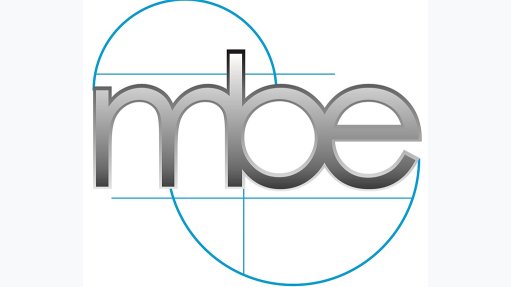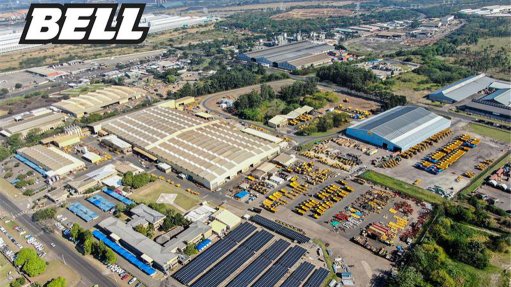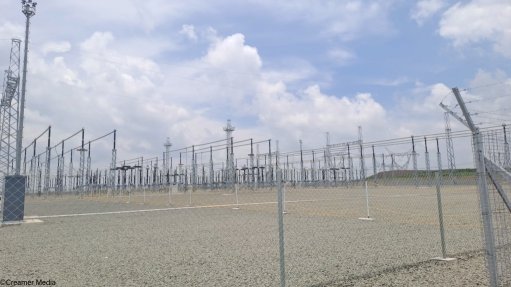First quicklime to meet growing copper demand

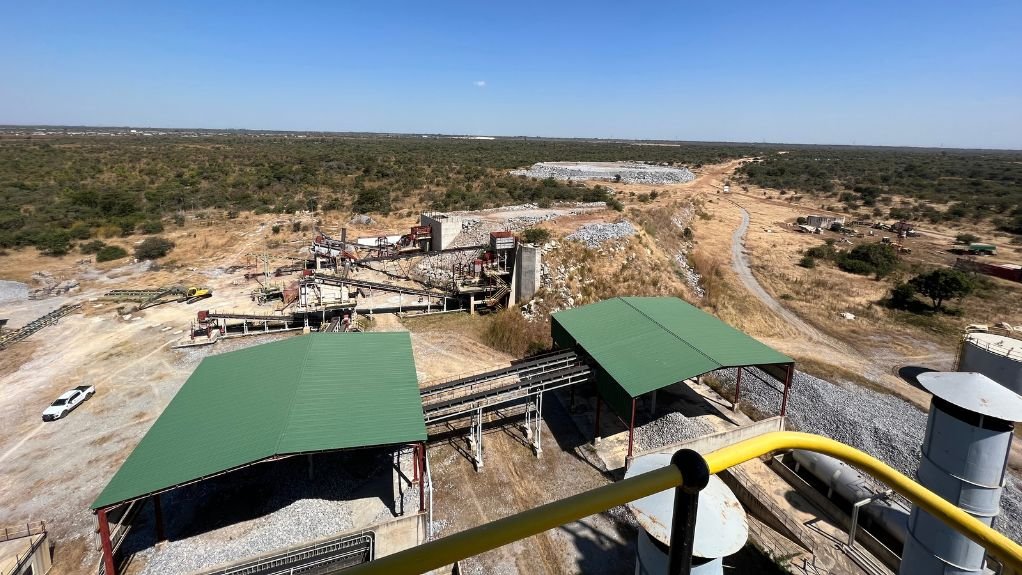
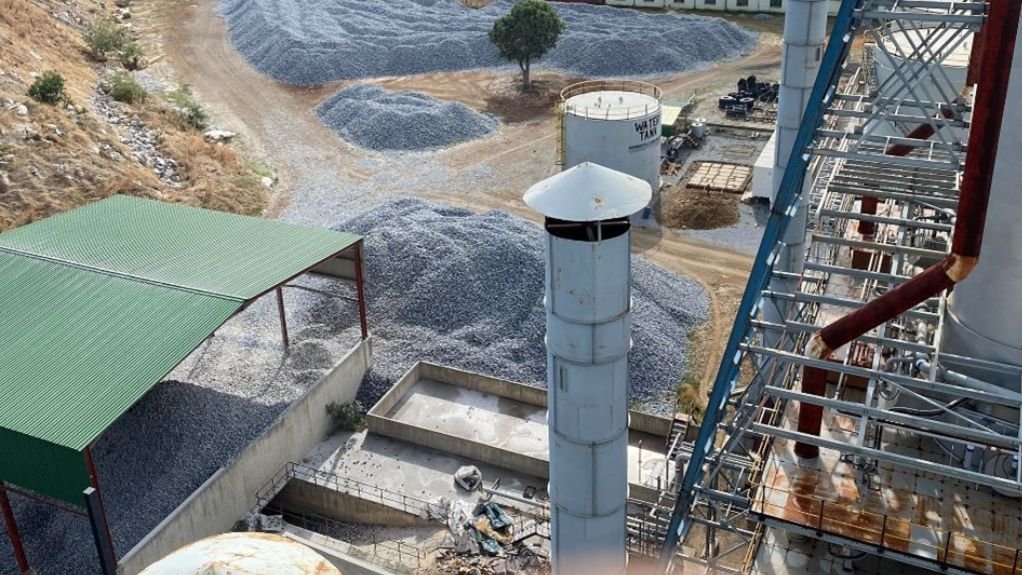
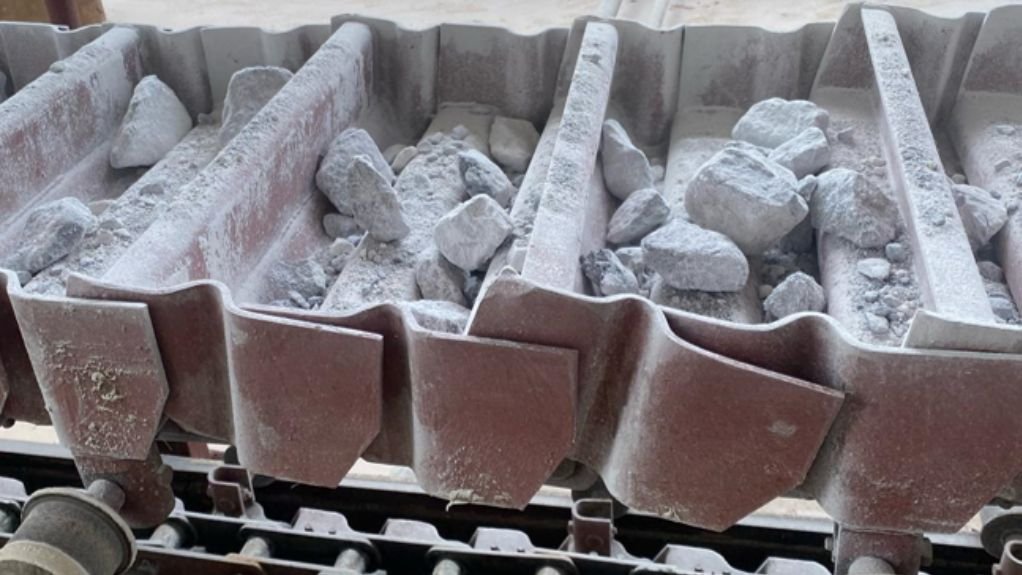
CRUSHING CIRCUIT The primary crusher installed at Limeco as part of the two-stage crushing circuit
LIME PLANT Part of the kiln feed with lime plant in the background
QUICK LIME The high quality quicklime product produced at the Limeco plant
The first quicklime produced by Côte d’Ivoire-headquartered mining company Firering Strategic Minerals in February, at its Zambia-based Limeco project, marks a major milestone for the company, nearly a year after it acquired its initial stake in the asset.
Firering’s investment in Limeco forms part of the company’s broader strategy to position itself as a near-term producer of quicklime – a critical industrial mineral used by copper miners to remove impurities during smelting.
Zambia’s copper producers have historically struggled to source quicklime domestically, often having to import the material at high cost from South Africa. Firering’s entry into the market is expected to ease this supply pressure.
“Firering’s Limeco project’s latest achievement will soon change that narrative,” says Firering independent nonexecutive director Vassilios Carellas.
The Limeco project was originally established in 2013 by diversified miner Glencore to address Zambia’s growing demand for quicklime at the time, investing over $100-million in the establishment of a limestone quarry and lime plant to serve its Mopani copper operations in the Copperbelt.
However, following Glencore’s sale of Mopani to diversified investment company ZCCM Investments Holdings in 2021, the Limeco project was placed on hold.
Firering acquired an initial 20.5% interest in Limeco in May 2024, with an option to increase its stake to 45%. Following the deal, modifications to the existing equipment on site started in July 2024, says Carellas.
“The original engineers responsible for erecting and commissioning the site’s first of two gasifiers oversaw a major programme of upgrades, including the transition of the kiln’s heavy fuel oil system to gasification, and key enhancements to the crushing plant.”
Carellas adds that, by November 2024, all key modifications to the first kiln were completed, paving the way for commissioning, which started in December 2024.
“The first gasifier was successfully fired on February 10, followed by Kiln 1 on February 12. “These critical milestones led to the optimisation period and the first production of quicklime at Limeco on February 27, marking its transformation into an operational industrial minerals producer.”
Optimisation
Firering is optimising Kiln 1 and targeted steady-state production by the end of April.
Carellas explains that the company has stockpiled 50 000 t of kiln feed material, enough to support over six months of production at full capacity.
An optimisation period is under way to reach steady-state production of between 80 t/d and 100 t/d of quicklime from Kiln 1.
The Limeco project benefits from a high-quality limestone deposit, which is “extremely pure”, with over 95% calcium carbonate – the key ingredient for making quicklime.
“I believe that this strong supply of good limestone is what makes the quicklime business reliable and profitable,” adds Carellas.
With Kiln 1 now operational, Firering plans to commission the remaining seven kilns in a phased approach, with full ramp-up targeted by the first quarter of 2026.
Steady state production at Kiln 1, which will be rolled out in a similar manner at the seven other kilns, will produce about 80 t/d of quicklime, equating to daily production of between 600 t and 800 t of quicklime, at full capacity.
Firering is aligning its growth strategy with Zambia’s ambitions to expand its copper output, with the country aiming to increase copper production from the current 830 000 t/y to three-million tonnes a year over the next decade.
“The Limeco project is strategically positioned to support the expanding copper producers in the African Copperbelt,” concludes Carellas
Article Enquiry
Email Article
Save Article
Feedback
To advertise email advertising@creamermedia.co.za or click here
Comments
Press Office
Announcements
What's On
Subscribe to improve your user experience...
Option 1 (equivalent of R125 a month):
Receive a weekly copy of Creamer Media's Engineering News & Mining Weekly magazine
(print copy for those in South Africa and e-magazine for those outside of South Africa)
Receive daily email newsletters
Access to full search results
Access archive of magazine back copies
Access to Projects in Progress
Access to ONE Research Report of your choice in PDF format
Option 2 (equivalent of R375 a month):
All benefits from Option 1
PLUS
Access to Creamer Media's Research Channel Africa for ALL Research Reports, in PDF format, on various industrial and mining sectors
including Electricity; Water; Energy Transition; Hydrogen; Roads, Rail and Ports; Coal; Gold; Platinum; Battery Metals; etc.
Already a subscriber?
Forgotten your password?
Receive weekly copy of Creamer Media's Engineering News & Mining Weekly magazine (print copy for those in South Africa and e-magazine for those outside of South Africa)
➕
Recieve daily email newsletters
➕
Access to full search results
➕
Access archive of magazine back copies
➕
Access to Projects in Progress
➕
Access to ONE Research Report of your choice in PDF format
RESEARCH CHANNEL AFRICA
R4500 (equivalent of R375 a month)
SUBSCRIBEAll benefits from Option 1
➕
Access to Creamer Media's Research Channel Africa for ALL Research Reports on various industrial and mining sectors, in PDF format, including on:
Electricity
➕
Water
➕
Energy Transition
➕
Hydrogen
➕
Roads, Rail and Ports
➕
Coal
➕
Gold
➕
Platinum
➕
Battery Metals
➕
etc.
Receive all benefits from Option 1 or Option 2 delivered to numerous people at your company
➕
Multiple User names and Passwords for simultaneous log-ins
➕
Intranet integration access to all in your organisation











